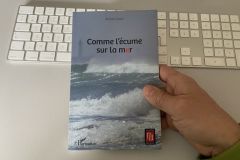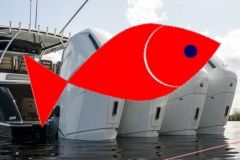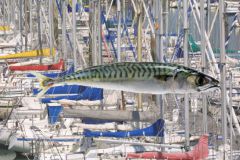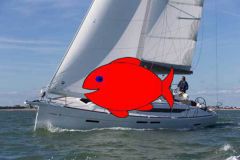Sailing to retire earlier
Since it used the Bâbord Amure article to force its way through parliament, in defiance of the RIPAM safety rules, the government has been looking for a way out to avoid the discontent of boaters. It has just made a concrete proposal, with the creation of a nautical pension fund. This should allow old sea wolves to benefit from an early retirement.
In fact, each mile sailed on a pleasure boat gives the right to quarters, which are deducted from the legal retirement age. The system will be based on a scale of equivalence between miles sailed and quarters of contribution. The measure should also make it possible to free up places in ports, by avoiding the use of boats that are not in use.
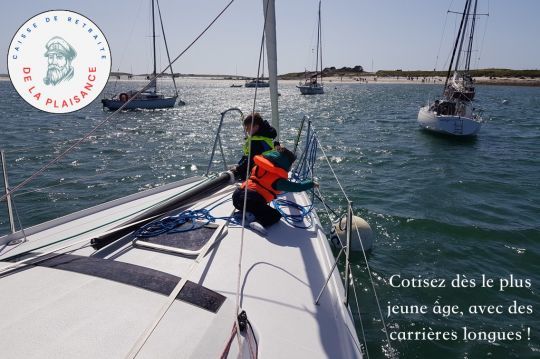
An application and a personalized account
To validate their miles logged, boaters will need to register on the MyRetirementSea app, available April 1 on iOS and Android. Geolocation will allow the government to ensure that the boat is sailing. In order to validate your presence on board, selfies or other stories will have to be uploaded on the app, showing your involvement in the boat's maneuvering. Extracts from the logbook will also be required.
Criteria of arduousness and equality of sail-motor
Negotiations will have to start with the nautical partners, which could take the form of a "Grenelle de la plaisance". The government is now putting on the table the major issues of the negotiation to take into account the inequalities at sea. Indeed, going upwind on a small 6-meter sailboat in 20 knots of wind is physically harder than going downwind at 40 knots on a RIB.
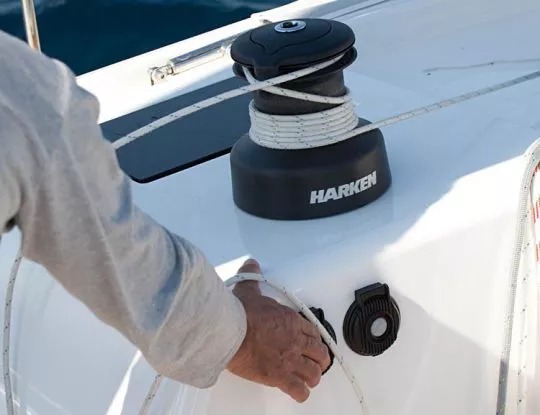
Also, the commitment will depend on the temperature of navigation, the equipment of the board with manual or electric winches, the presence of a cabin or not and a fridge.
.
We were able to get a preview of the proposed formula.
T = MN * Cm * 1/equ * 1/? *A 1/3 * ? * B
where
- T is the number of quarters
- MN the number of nautical miles traveled
- Cm the engine coefficient, worth 1 for horsepower less than half the length, 0.5 beyond, and 3 for sailboats
- equ the number of team members
- ? the angle in relation to the wind in the case of a sailboat
- A the age of the captain
- ? the equipment coefficient
- B the number of beaufort
Challenges in the ports
However, the reform project is not unanimous and voices are being raised in the maritime community. Blockades of marinas have already been announced by fishermen's associations, who regret that the drifting time is not taken into account. Similarly, kayak, sea rowing and kitesurfing associations are protesting against their exclusion from the yachting pension fund. They also fear for the confidentiality of the fishing spots after the geolocalization by the government.
The government fears infiltration by boat-blocks and has announced the presence of large contingents of law enforcement officers on the water. In this tense context, the opinion of the Constitutional Council is awaited with apprehension.






